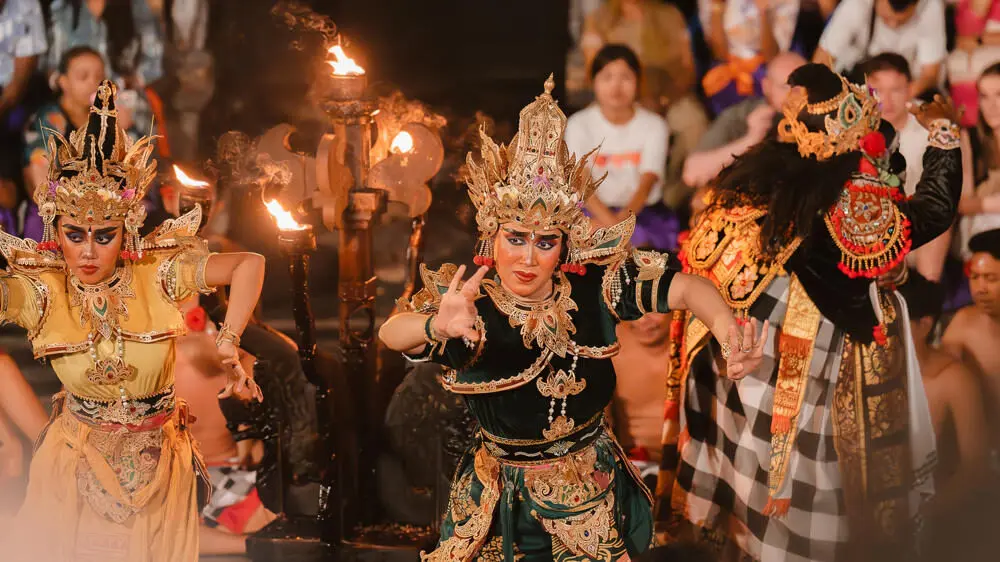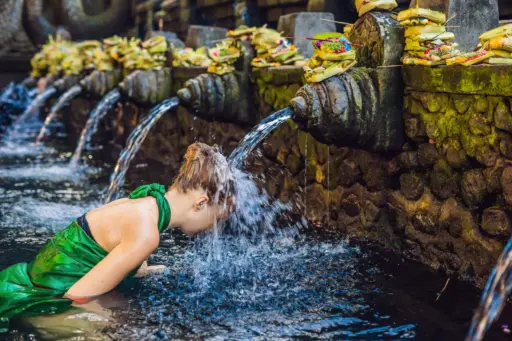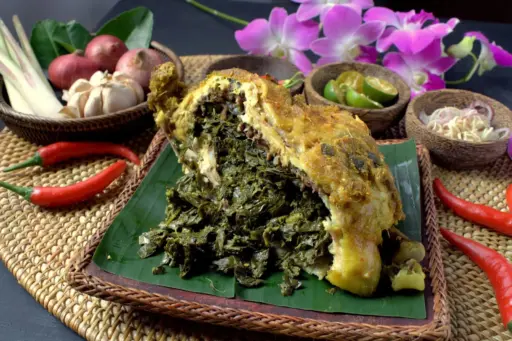Night Experiences Beyond the Beach Clubs
When the sun sets in Bali, the energy shifts. For many visitors, nightlife means the pulsing beats of Kuta’s clubs or the sophisticated rooftop bars of Seminyak. Yet away from the neon lights and cocktail lists, the island offers evenings rich in culture, nature, and community.
Bali after dark can be gentle, dramatic, or adventurous – it all depends on where you choose to be once the day’s heat fades.
SUNSET FISHING WITH LOCAL FISHERMEN
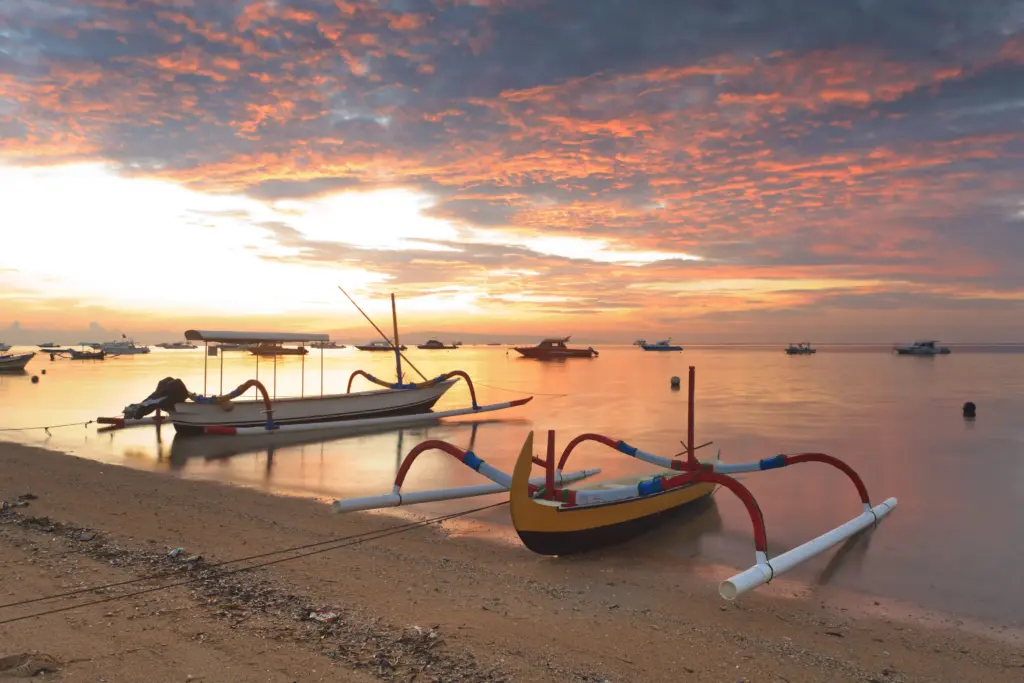
Long before Bali became a tourist destination, fishing was a way of life for many coastal communities. Today, some of these fishermen welcome visitors aboard their simple jukung to experience an evening at sea.
Setting out from a small beach in places like Amed or Candidasa, the water is calm and tinted gold. The air smells of salt and wood, and the rhythmic splash of the oars is the only sound. You might troll for mackerel or watch as the nets are cast in a smooth, practiced arc. As the light fades, the coastline glows with the warm lamps of homes and beachside warungs. It is a slow, meditative way to spend the first hours of the night.
NIGHT DIVING IN PADANG BAI
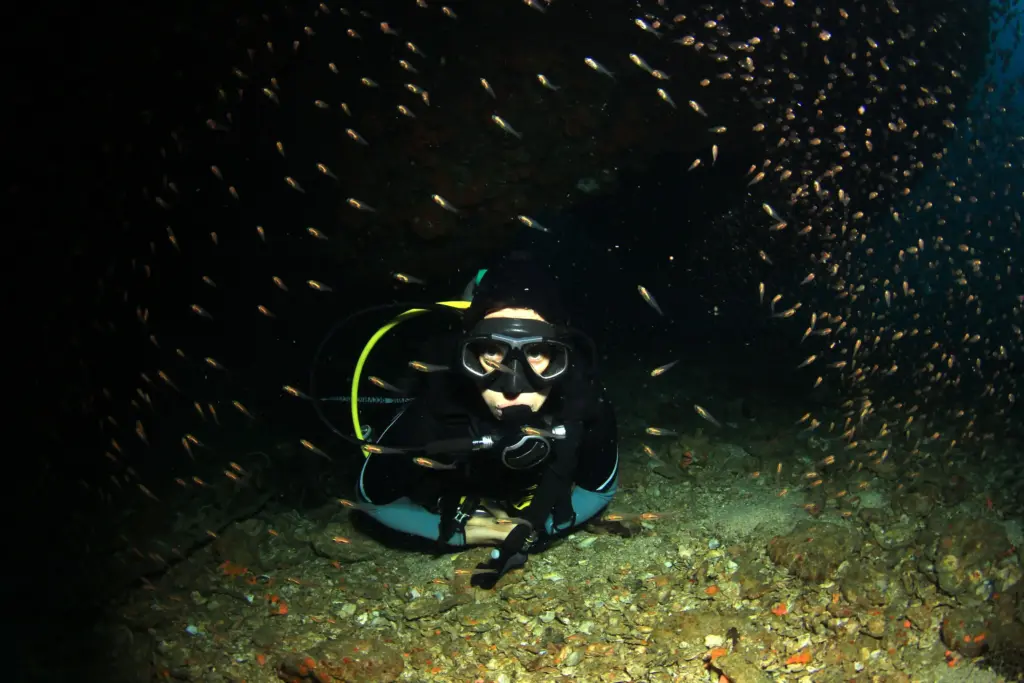
For divers, Bali’s reefs take on a different life after dark. In Padang Bai, night dives reveal a world hidden from daytime visitors – tiny crustaceans, octopuses changing colour in seconds, and corals opening their delicate polyps to feed.
Descending into the dark with a torch in hand, you notice details you would never see in daylight. The beam of light catches the iridescence of a nudibranch, the glassy eyes of a shrimp, and the subtle shimmer of plankton drifting in the current. Above the water, the village is quiet, but below, the reef is awake.
TRADITIONAL KECAK UNDER THE STARS

The kecak dance, sometimes called the “monkey chant”, is a hypnotic performance of rhythm and movement, telling stories from the Ramayana through chorus and gesture. While many tourists see it in Uluwatu, often in large, crowded venues, smaller performances in village temples or open-air stages have a more intimate feel.
The flicker of oil lamps and the scent of burning incense create an atmosphere that feels timeless. Dozens of men chant in unison, their voices rising and falling like waves, as dancers in elaborate costumes play out scenes of love, loyalty, and battle. It is not just entertainment – it is a living tradition, performed as much for the community as for visitors.
EXPLORING GIANYAR NIGHT MARKET
Gianyar’s night market is a feast for the senses. As the sun dips, the square fills with food stalls, each lit by naked bulbs or kerosene lamps. The air is thick with the scent of sizzling sate, frying banana fritters, and freshly steamed dumplings.
You weave through the crowd, stopping to try lawar (spiced vegetable and meat mix), babi guling (suckling pig), and bowls of bakso (meatball soup) served with chilli and lime. The chatter of stallholders mixes with bursts of laughter, and the occasional moped weaves carefully through the throng. It is chaotic, delicious, and utterly authentic – an evening that feels far removed from Bali’s polished resort dining rooms.
NIGHT TREKKING ON MOUNT BATUR’S LOWER SLOPES
Most travellers who trek Mount Batur start before dawn to reach the summit for sunrise. But there is another, less crowded option – an evening trek along the lower slopes. Beginning in the late afternoon, you watch the sky change colour over Lake Batur, then continue by torchlight through paths lined with volcanic rock.
The air cools quickly, and the sounds of the forest replace the heat-borne buzz of insects. Sometimes, you can see the distant lights of villages in the caldera, tiny pinpricks against the dark. It is not about reaching the top – it is about being in the landscape at a time when few others are.
SHADOW PUPPETRY IN A VILLAGE BALE
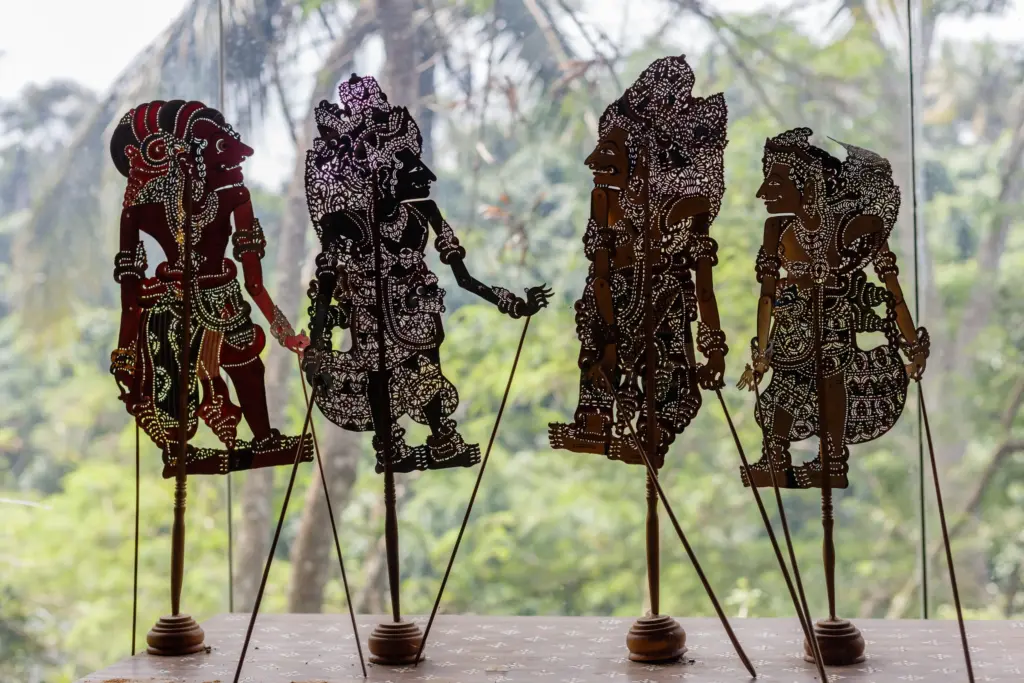
Wayang kulit, the traditional Balinese shadow puppet theatre, is an art form that blends storytelling, music, and craftsmanship. Performed behind a white screen lit by an oil lamp, intricately carved leather puppets come alive in the hands of the dalang (puppet master), who gives each character a distinct voice.
These performances often last late into the night, especially during temple festivals. In a village bale (open pavilion), locals gather cross-legged on mats, chatting quietly between scenes. The gamelan music swells and softens, punctuating the action on the screen. For those who understand Balinese, the stories are layered with humour and philosophy, but even without the words, the artistry is captivating.
STARGAZING IN MUNDUK
In the highlands of Munduk, far from the glare of coastal lights, the night sky is brilliant. Lying back on a veranda or hillside, you can see the Milky Way stretched like a ribbon across the sky, and the cool mountain air carries the scent of clove and coffee.
Some lodges offer telescopes for a closer look at the planets and constellations, while local guides can point out the stories woven into the stars. It is a quiet way to end the day – no noise, no schedule, just the slow rotation of the sky above.
WHEN THE SUN SETS, THE ISLAND SHINES
Night-time in Bali is more than an afterthought – it is an extension of the day’s rhythm, shaped by culture, community, and the island’s natural beauty. Away from the bars and clubs, the night reveals moments that are slower, more personal, and deeply connected to place.
Whether you are drifting over a reef with a torch in hand, sharing grilled fish fresh from the ocean, or listening to the hypnotic pulse of a kecak chant under the stars, these experiences stay with you. They are a reminder that in Bali, the magic does not end when the sun goes down – it simply changes form. Wander Beyond Ordinary!
